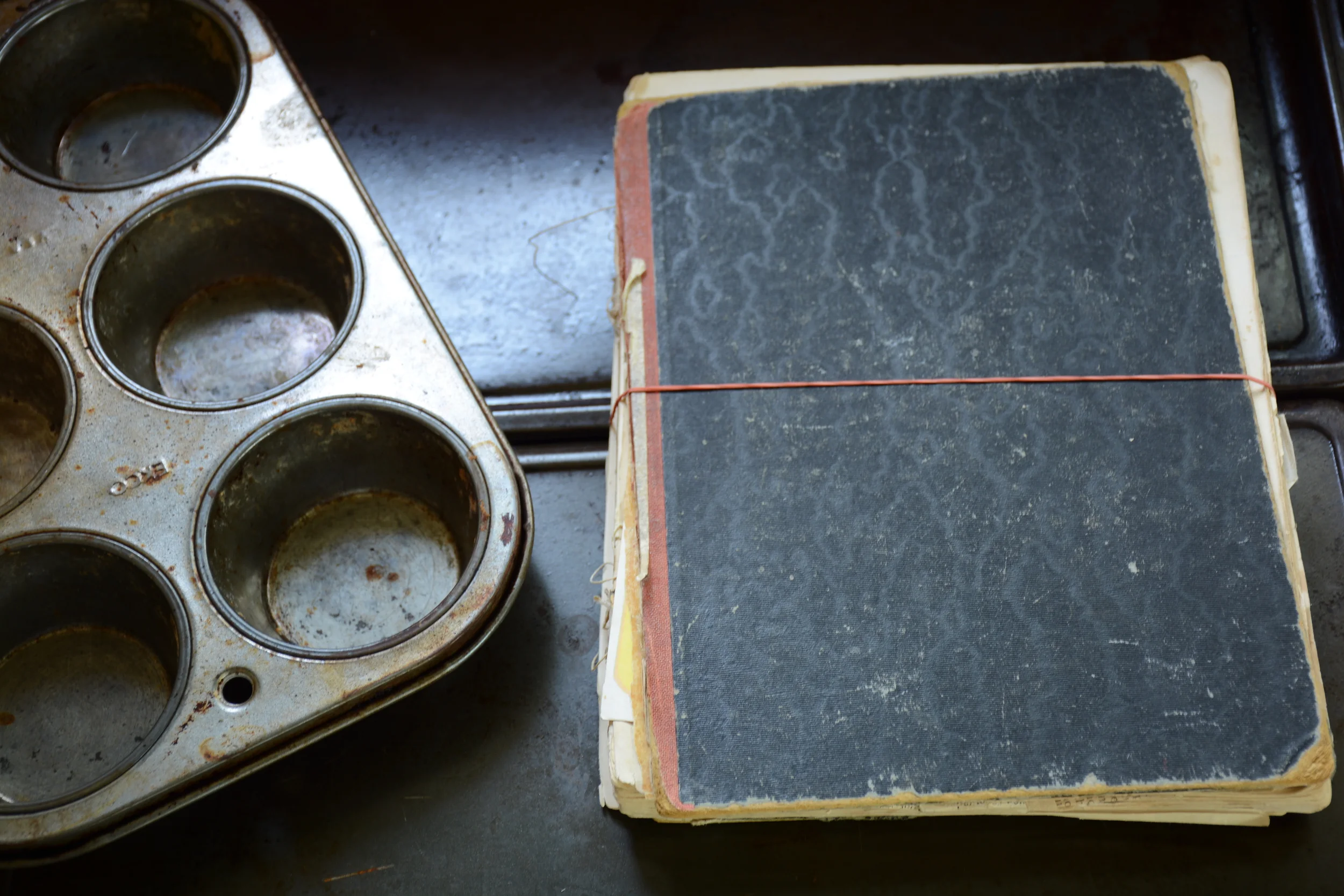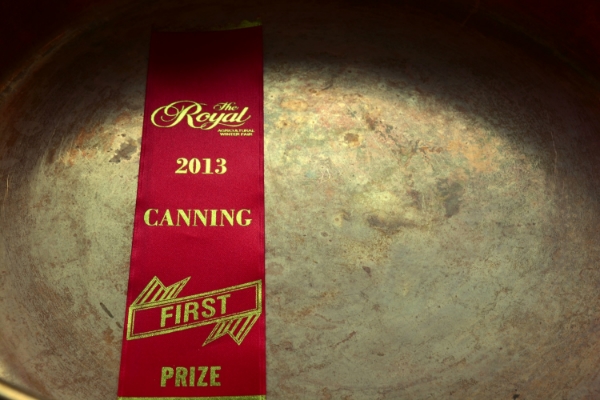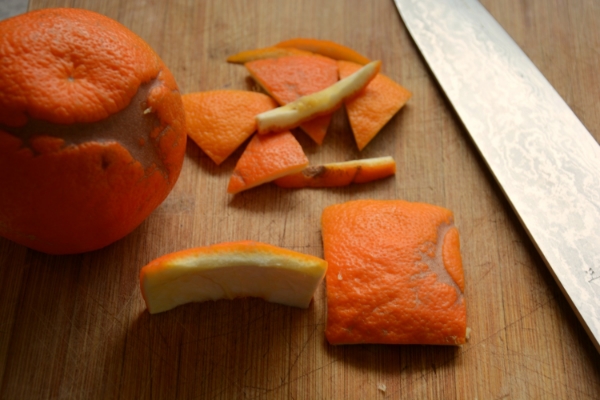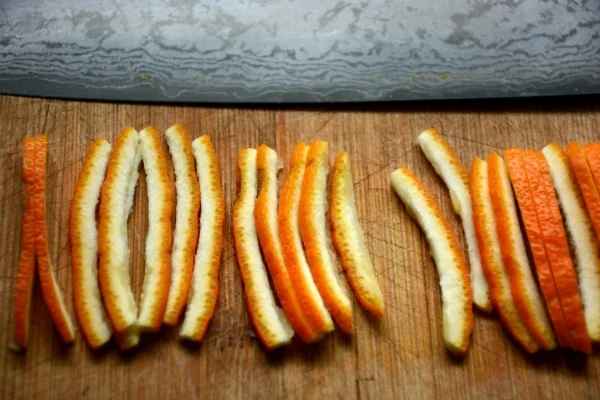Tips for award winning marmalade
/With the deadline for the The World's Original Marmalade Awards right around the corner and with Seville Oranges currently in season (I just saw them being sold for $1.99/lb), I thought it would be a good time to share some of the things I have learned over the years having entered my jams, jellies and marmalades into several different competitions.
Let's start off with the judging criteria. How exactly will your marmalade be judged? Now each competition may vary slightly, but they all have similar themes.
The Royal Winter Fair - Your preserves will be judged based on the following criteria:
Visual appeal
- do you have the correct headspace
- clarity - they are looking for a clear jelly, a bright coloured jam, a solid amount of fruit
- suspension - is your peel/fruit distributed equally throughout the jar
Aroma
- can they smell the different ingredients in your product
- is it a nice clean smell
- are there any off notes
Texture
- have you achieved the desire set
- is your peel too hard or is it chewy but soft
- is it spreadable (think of Goldie Locks and the 3 bears here - they want spreadable but not too firm. Soft but not runny)
Flavour
- is the first thing they taste the fruit used to make the marmalade, jam or jelly
- is it a clean taste or has it been muddied by overcooking
- too sweet, too bitter, etc
Originality
- are you showing them a combination they haven't seen before
Each category is marked out of 10 for a total score of 50.
Now for The World's Original Marmalade Awards, the criteria is slightly different. They judge the following broken down like this;
- Appearance (2 points)
- Colour (5 points)
- Consistency, texture, quality (6 points)
- Flavour, aroma (7 points)
To get a gold you need a score of between 19.5 - 20. Silver 18-19, Bronze 16-17.5 and Merit 12-15.
So now that you know what you are going to be judged on, how do you go about creating a marmalade that stands a chance of winning?
Marmalades can be made from a variety of citrus fruits; grapefruit, lemons, meyer lemons, blood oranges, limes, etc. But for this particular example we are going to assume that you are making a traditional marmalade made from Seville Oranges. Seville Oranges have a short season and usually arrive in Canada in January or February and can be found in stores for approximately 3-4 weeks. They make a great marmalade because of their high pectin content and their peel has a very interesting bitter flavour.
- Start with using organic seville oranges if possible. Because you are including the peel as well as the meat of the fruit, it does make a difference to the overall flavour when the peel has not come into contact with pesticides. Scrub each orange gently with a vegetable brush and then dry completely.
- Prepare your oranges carefully. Marmalade is not a quick jam. So give it the time it deserves and you will be rewarded.
- Cut your oranges in half and juice. Collect all the seeds so you can put them in the cheese cloth along with the pith and membrane. You may also want to consider supreming your orange segments and cutting it into small pieces.
- Using a spoon, scoop out the membrane and place in a bowl with the seeds. Be consistent with the amount of pith you scoop out for a nice uniform peel
- Cut your peels in half and flatten, then trim off any points or curves so you can create a nice uniform rind size.
- you can decide here if you want a chunky peel or a fine cut peel, but ensure you are consistent
3. Soak your peel in an equal amount of water for 1-2 minutes. This removes some of the bitterness from the peel. Drain the water and do not keep it.
4. Cook your peel with a little bit of baking soda. This will help keep your peel nice and bright once it is cooked. Remember to simmer gently. Peels that are cooked on a high boil tend to get tough.
5. Warm your sugar in the oven before adding it to your fruit. This reduces the chance of crystallization of the sugar in your marmalade. It helps it to dissolve quickly. If you can't warm it in an oven, be sure to allow the sugar to completely dissolve before bringing to a boil
6. Consider making your marmalade in a copper pot (keeping in mind not to soften the peel in the copper pot on it's own. Copper pots require sugar to always be present). Copper is an amazing conductor of heat and allow you to cook your jam down to the desired consistency quicker and without cooking away too much of the flavour of the fruit.
7. Add a small amount of unsalted butter to your marmalade. This reduces the amount of foam as it cooks and reduces the amount of skimming your final product will require. Not properly skimming off the foam can lead to a cloudy marmalade.
8. Allow your marmalade to cool for at least 5 minutes in the pot and off the heat before ladling into previously sterilized jars. This helps to reduce the fruit floating to the top of the jars and leads to nicer suspension.
9. Accurately measure your headspace. Especially in North American competitions, this will be noted and you will lose points if you leave too much or too little headspace.
10. If a jar doesn't seal properly it doesn't matter how delicious your marmalade may be, your entry will still be disqualified.
Now if you are feeling inspired, you still have time to make some marmalade and enter it into The World's Original Marmalade Awards or if you live in Toronto, consider Mad For Marmalade, Crazy for Citrus.
For a few other pointers you can check out my Marmalade video here.
GOOD LUCK!










